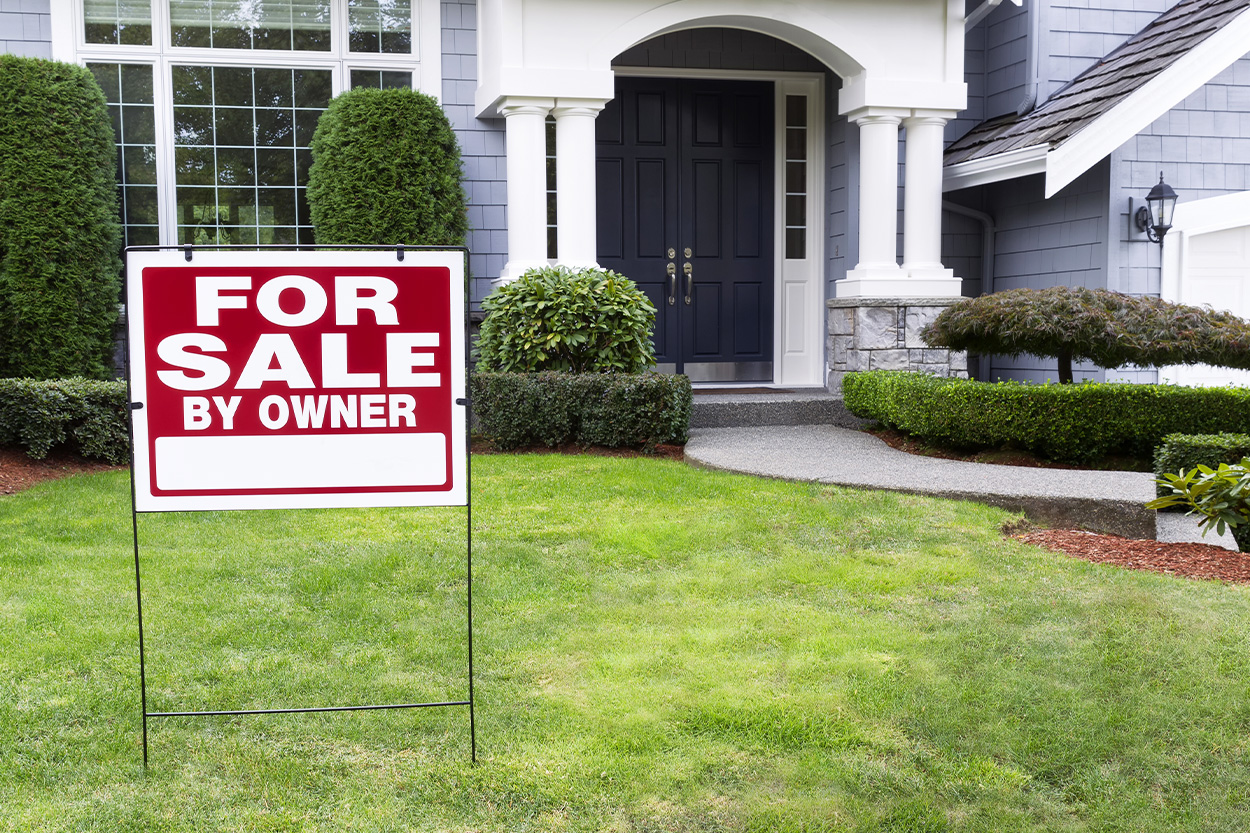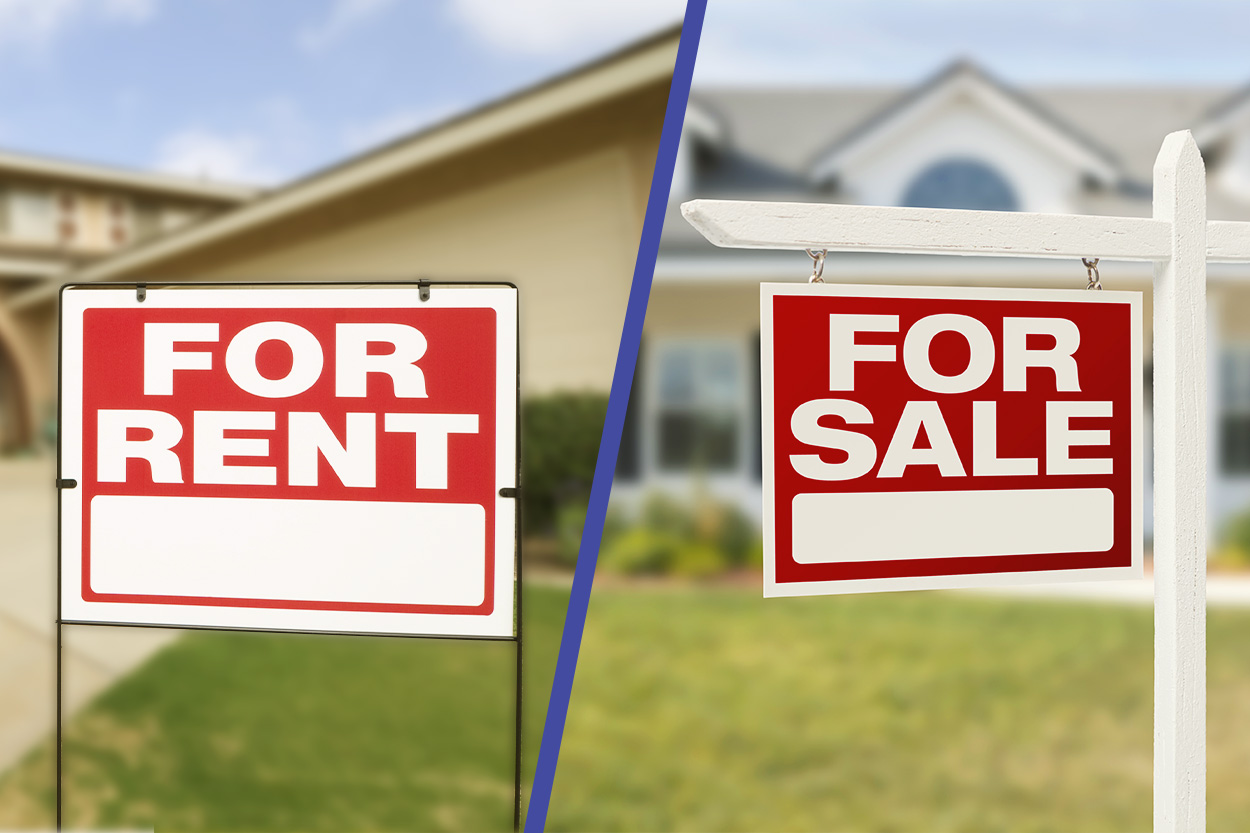What do home inspectors look for
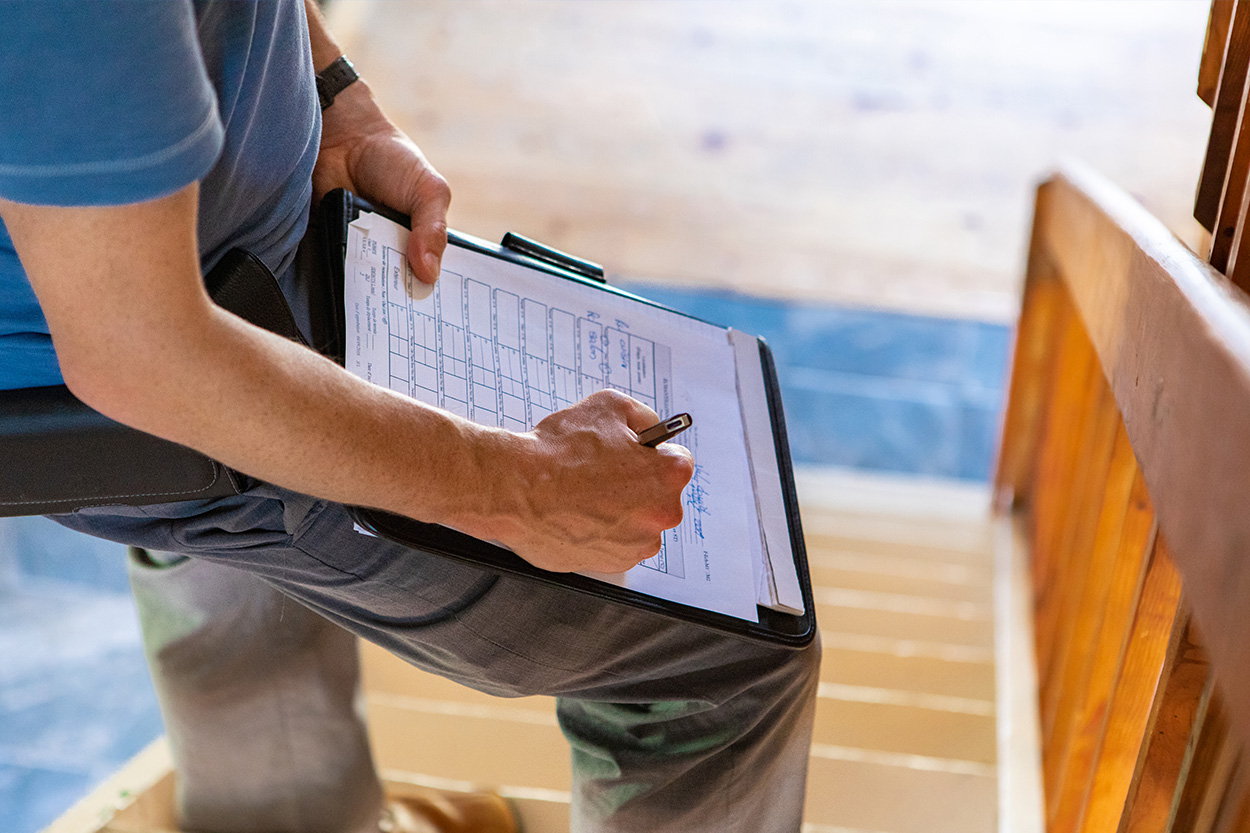
Key takeaways:
- Inspectors find at least one minor issue during 86% of home inspections.
- Inspectors find roof issues about 20% of the time.
- Studies show that around 19% of inspections find at least one issue with the home’s electrical system.
- Plumbing problems aren’t common, but when get noted, it’s most likely related to the water heater.
The home selling process if full of “to dos” and a critical one is the home inspection. When an inspector is looking carefully at your home with the goal of finding potential issues, it can feel intimidating. And while 86% of the time inspectors find at least one issue, this doesn’t automatically translate into an item that must be fixed prior to closing.
Understanding what the inspector will evaluate beforehand will give you an edge prior to the inspection. Check out these key areas of focus during the home inspection process.
The foundation, basement and other structural components
The inspector will check your foundation and look for any potential issues with the framing. Other areas that he or she may examine include:
- Floor structure.
- The wall structures.
- The ceiling structures.
- The room structures.
The inspector isn’t required to enter crawl spaces that are very small. For example, a crawl space under a floor that has less than 24 inches of clearance won’t typically be inspected.
The exterior of the home
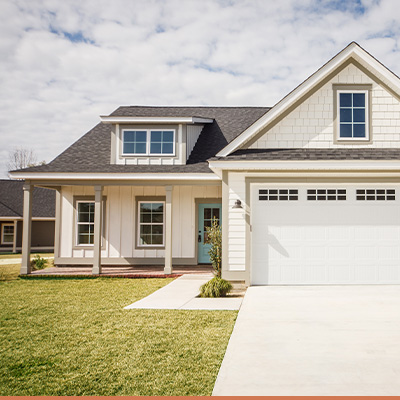
The inspector will look at the exterior areas of your home. These may include the following:
- Siding, trim and flashing.
- Outside doors.
- Any decks, balconies, steps and porches that are attached to your home
- Eaves and soffits that are accessible from the ground level of the home.
- Driveways, entryways and other patios adjacent to the home.
- Vegetation and retaining walls that could adversely impact the housing structure.
Areas that are unlikely to be inspected include fences, boundary walls and outbuildings that aren’t garages or carports.
The roof
The inspector will evaluate the roof, including the materials used, draining systems, flashing and chimneys, if present. If you have skylights, those will be examined as well. Inspectors find roof issues about 20% of the time.
The inspector won’t examine antennas on the roof or the vent system associated with the chimney, or any other accessories installed on the roof.
The plumbing
Plumbing problems aren’t very common and are noted only about 13% of the time. When there is an issue, most of the time it’s triggered by a faulty water heater. Areas that you can expect the inspector to review include:
- Interior water supply and any systems that distribute water, such as fixtures and faucets.
- Drain waste and vent systems in the interior of the structure.
- Water heaters and equipment that supply hot water.
- Fuel storage and disruption systems within the structure.
- Sewer-related pumps and systems.
Areas that fall outside of what may be inspected include washing machine connections, renewable energy water heating systems and septic or sewage disposal systems. Solar panels also typically fall outside of the home inspection scope.
Electrical system
The inspector will evaluate the electrical setup in your home, which includes contacts and cables as well as the service ground, overcurrent protection device and more. Studies show that around 19% of inspectors find at least one issue with the home’s electrical system.
An inspector won’t typically test security systems or solar and renewable energy systems.
Heat and air-conditioning systems
The operation of heating and cooling systems is typically tested during the home inspection. An inspector won’t typically inspect a chimney, flues, heat exchangers or any dehumidifiers installed in the home. Additionally, don’t expect the inspector to note the condition of any cooling systems that aren’t permanently installed in the home, such as air-conditioning units temporarily installed in windows.
Interior, insulation and ventilation
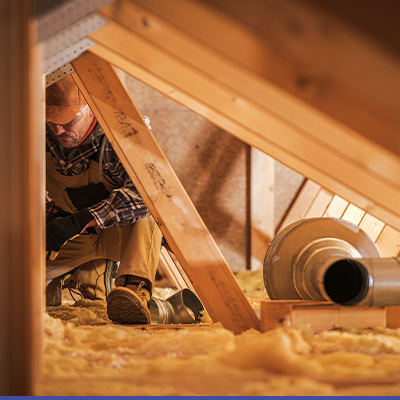
An inspector will also include a basic evaluation of your walls and ceilings as well as the condition of the floors. If you have steps or stairways in your home, these will be looked at too. Garage doors will be tested for functionality. Installed appliances, such as ovens, cooking appliances and dishwasher machines, may also be evaluated.
Insulation within the attics, kitchen, bathroom and other areas will be reviewed as well. The inspector won’t typically evaluate your paint, floor coverings or window treatments as part of his or her report.
Getting ready for the inspection
Understanding what to expect is the first step to prepare for the inspection, but you can also make the inspector’s job easier by being prepared. Consider leaving any keys and remote controls that the inspector will need to access relevant areas.
Consider cleaning the basement and clearing any obstructed areas the inspector will need to access, such as your HVAC system. Ensure that access points to your crawl space or any key drainage areas, such as those around a septic tank, are also clear.
Feeling less worry during an inspection
Very few homes are in perfect condition, so don’t worry if the inspector notes areas that require attention. This doesn’t mean that you’ll automatically have to complete a repair — it’s just information that will need to be discussed with the buyer.
The buyer may be agreeable to bypassing repairs if the market is hot — or may even be willing to overlook a few smaller items if a larger item is repaired. Speaking with your agent about items that require repair prior to the inspection can help you prioritize repairs and more seamlessly work toward your closing.




